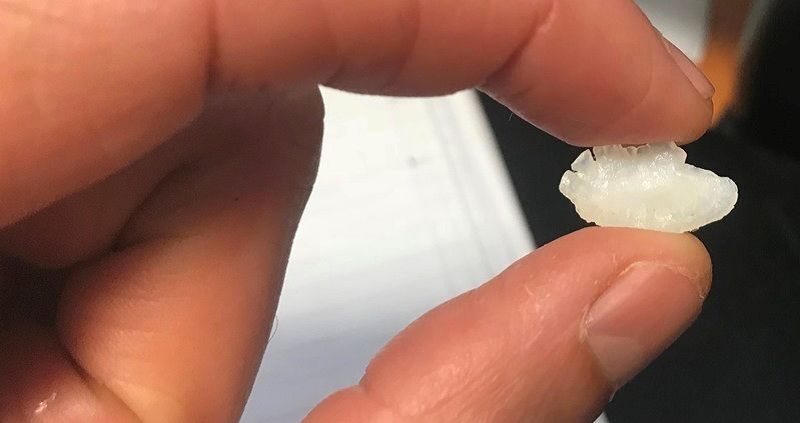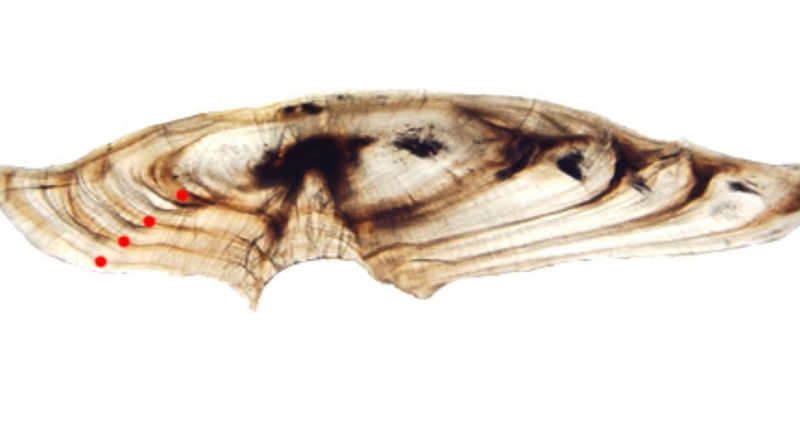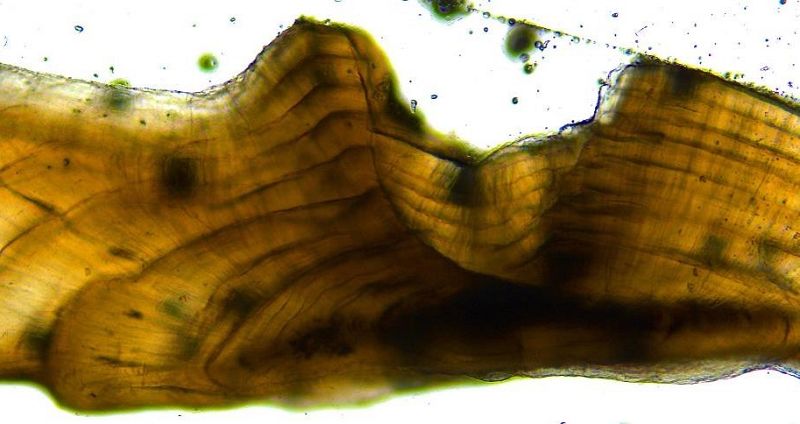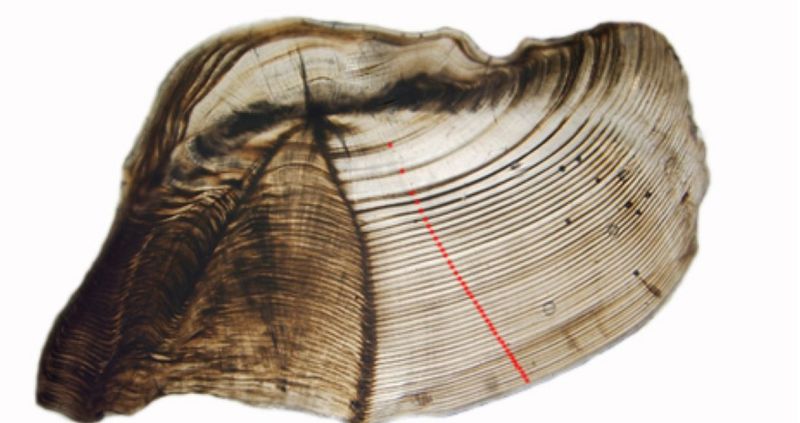Exploring Fish Populations: A Quiz on Scientific Research

Exploring Fish Populations: A Quiz on Scientific Research
Welcome to the quiz that will test your understanding of the scientific method through a practical example focused on fish populations! Dive deep into the world of research and discover the steps scientists take to understand and protect species.
- Learn about the scientific method
- Understand the importance of data collection
- Make informed conclusions based on evidence
What is usually the first step of research or the scientific method?
Making observations/asking questions
Gathering/analyzing data
Making conclusions
Sharing your conclusions with others
What stage of research or the scientific method did you practice in the mark-recapture activity?
Making observations/asking questions
Gathering/analyzing data
Making conclusions
Sharing your conclusions with others
If a scientists wants to publish their research findings in a paper, what process do they have to go through?
Getting lunch with the journal editor
Peer review
Telling their friends
Nothing, they just do it
What is a hypothesis?
A result
A conclusion
An educated guess
An uneducated guess
What is the goal of research? (choose all correct answers)
To solve problems
To create new knowledge
To prove we're right
To confuse people
Let's practice the scientific method... For many species and populations, knowing how old individuals are can be useful. For example, a lot of species that live longer, take longer to grow into adults. This means they take longer to reproduce and add new individuals into the population. If these species aren't given enough time to grow, they won't be able to reproduce.
Let's practice the scientific method... For many species and populations, knowing how old individuals are can be useful. For example, a lot of species that live longer, take longer to grow into adults. This means they take longer to reproduce and add new individuals into the population. If these species aren't given enough time to grow, they won't be able to reproduce.
Let's say we have made an observation that a certain fish population is declining. People like to fish for this species and every year we are seeing fewer and fewer fish. Other species that people fish for aren't declining.
We come up with a question: Why is this population declining and others aren't?
We come up with a hypothesis: The declining population has fish that live to be very old, and take longer to grow into adults. This means that they take longer to reproduce and add new fish to the population. People fishing for these individuals may be removing them before they have had time to reproduce and add new fish to the population.
Let's say we have made an observation that a certain fish population is declining. People like to fish for this species and every year we are seeing fewer and fewer fish. Other species that people fish for aren't declining.
We come up with a question: Why is this population declining and others aren't?
We come up with a hypothesis: The declining population has fish that live to be very old, and take longer to grow into adults. This means that they take longer to reproduce and add new fish to the population. People fishing for these individuals may be removing them before they have had time to reproduce and add new fish to the population.

To test our hypothesis, we need to figure out how old the fish are from the declining population compared to fish populations that aren't declining. We can figure out the age of a fish just like we can with a tree, by counting rings. A fish has an ear bone called an otolith. This bone has rings on it just like a tree that shows how old it is.
Let's say we gathered otoliths from these fish. They would like similar to the otoliths shown in the image above.
To test our hypothesis, we need to figure out how old the fish are from the declining population compared to fish populations that aren't declining. We can figure out the age of a fish just like we can with a tree, by counting rings. A fish has an ear bone called an otolith. This bone has rings on it just like a tree that shows how old it is.
Let's say we gathered otoliths from these fish. They would like similar to the otoliths shown in the image above.

A slice or cross section can be cut out of the otolith and put on a microscope slide. Then we can see the rings, like in this picutre. The dark middle spot shows when the first was born. The darker rings around it represent the winter months when the fish is growing less. We can count those rings to figure out how old the fish is. Here each red dot marks a ring so you can see that this fish is 4 years old. Deciding what is a ring and what is not can be tricky!
A slice or cross section can be cut out of the otolith and put on a microscope slide. Then we can see the rings, like in this picutre. The dark middle spot shows when the first was born. The darker rings around it represent the winter months when the fish is growing less. We can count those rings to figure out how old the fish is. Here each red dot marks a ring so you can see that this fish is 4 years old. Deciding what is a ring and what is not can be tricky!

Now it's your turn... This is an otolith from a fish in the population that is NOT declining. We predict that these fish don't live as long. Count the number of dark rings you see

Now, let's say this is an otolith from the population that was declining. It has many more rings.. And is much older! 41 years old to be exact. The oldest fish in the world is the greenland shark with one individual reaching 400 years old!
Now, let's say this is an otolith from the population that was declining. It has many more rings.. And is much older! 41 years old to be exact. The oldest fish in the world is the greenland shark with one individual reaching 400 years old!
We would have to age a lot more fish to make any conclusions about our declining population.. But you now have worked through an example of the first 3 steps in the research process! In the next activities you will see how research is used to make conclusions and help protect species.
We would have to age a lot more fish to make any conclusions about our declining population.. But you now have worked through an example of the first 3 steps in the research process! In the next activities you will see how research is used to make conclusions and help protect species.
{"name":"Exploring Fish Populations: A Quiz on Scientific Research", "url":"https://www.quiz-maker.com/QPREVIEW","txt":"Welcome to the quiz that will test your understanding of the scientific method through a practical example focused on fish populations! Dive deep into the world of research and discover the steps scientists take to understand and protect species.Learn about the scientific methodUnderstand the importance of data collectionMake informed conclusions based on evidence","img":"https:/images/course8.png"}
More Surveys
About the acid rain
5217
EES 9 Inquiry Survey
11613
IUCN Recognition Survey
8423
Sustainable development
8425
Word Association EE
32300
Industrial Ecology One Show Video Feedback
11619
Soil and Creek Erosion
15812
Preservation of Marine life and waters sources
10523
Effects of climate change.
8423
Wooly mammoths - We'll have dinosaur zoos with real woolly mammoths
1476
Environment and health
251229
Coral Bleaching
10522
